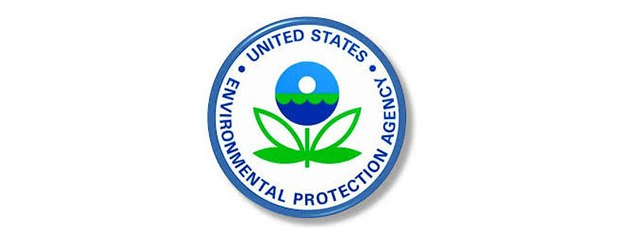EPA delays safety rule changes until 2019

The effective date of the Obama administration’s amendments to the Risk Management Program is postponed to allow the EPA to consider industry objections.
In a move welcomed by the industrial refrigeration industry, the U.S. Environmental Protection Agency decided June 9 to delay the effective date of amendments to the EPA’s Risk Management Program (RMP) for 20 months, or until February 19, 2019.
EPA is now conducting a reconsideration proceeding to review objections raised to the final RMP amendments rule, including concerns about third-party audits of ammonia refrigeration facilities. “The delay is intended to give EPA time to reconsider the rule and to consider other issues that may benefit from additional comment,” said Lowell Randel, vice-president, government and legal affairs, Global Cold Chain Alliance (GCCA).
The 25-year-old RMP as originally constituted imposes safety requirements on U.S. cold storage and food processing facilities using at least 10,000 lbs. of ammonia in refrigeration processes.
The amended RMP rule, issued by the Obama administration in late December 2016, changes the RMP in three areas: ensuring that local responders and community residents are prepared for an accident, preventing catastrophic accidents, and requiring independent third-party audits following an accident.
The effective date of the amended RMP rule, originally set for March 14 and then reset for March 21, had been extended to June 19, pending the EPA’s effort to delay the rule’s implementation until February 2019.
To delay the effective date of the RMP rule until 2019, the EPA published a proposed rule, for which it held a public hearing on April 19 seeking comments. The hearing attracted a range of organizations, including industry groups such as GCCA and the Agricultural Retailers Association, as well as NGOs like the Union of Concerned Scientists and the BlueGreen Alliance. Representing the GCCA, Randel spoke in support of the delay.
“The additional time [would] give the new policy officials at EPA time to review the issues and potentially propose revisions to the final rule,” said Randel. However, he added, any revisions would have to go through the “notice and comment rulemaking process” before they could take effect.
In the industrial refrigeration industry, the most controversial part of the new RMP rule involves the third-party audits. The rule requires industrial refrigeration operators to secure an independent third party – rather than use its own internal resources – to conduct a compliance audit within a year following a reportable accident. The industry also believes that “the EPA didn’t meet its burden on the cost-benefit of the rule,” said Randel. “And there are some security concerns on public information sharing.”
The expansion of the RMP, as well as greater enforcement of the program, has led many U.S. operators to implement low-charge ammonia systems that use far less than 10,000 lbs. of ammonia; low-charge quantities invoke the EPA’s less restrictive General Duty Clause.
The BlueGreen Alliance, an NGO focused on labor and environmental issues, strongly opposed changes in or delay of the new RMP rule in testimony at the April 19th hearing. “These rules have already gone through an extensive multi-agency stakeholder and comment process, and workers and communities cannot wait another two years for these rules to be implemented,” wrote Jessica Eckdish, senior policy advisor with the BlueGreen Alliance, in a post on April 18 on dailykos.com, a progressive website.
